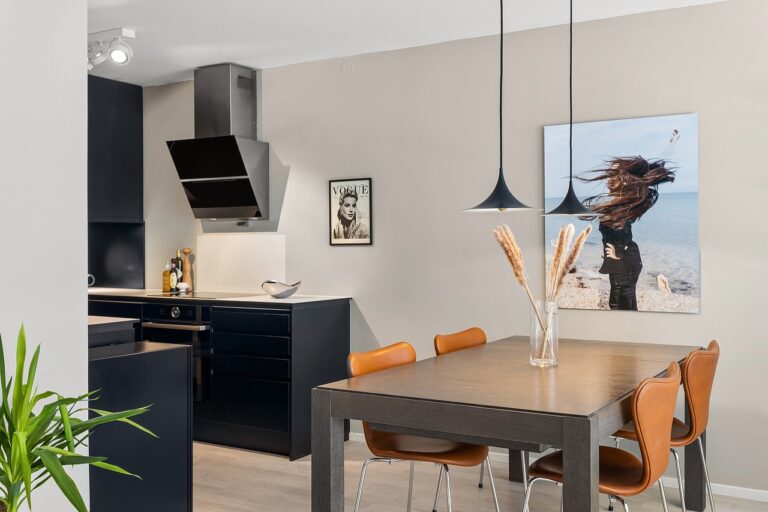The Art of Mixing Patterns and Textures in Home Décor
When selecting complementary patterns for a room, consider the scale and style of the existing elements in the space. Mixing different patterns can add depth and visual interest to a room, but it’s important to ensure that they work harmoniously together. Look for patterns that share similar colors or motifs to create a cohesive look. For example, pairing a bold floral print with a subtle geometric pattern can create a balanced and inviting atmosphere.
Another key consideration when choosing complementary patterns is to vary the scale of the designs. Combining patterns of different sizes can prevent the space from feeling too overwhelming or busy. For instance, mixing a large-scale striped rug with a small-scale polka dot throw pillow can create a dynamic and layered look without clashing. Experiment with different pattern combinations to find a balance that suits your personal style and enhances the overall aesthetic of the room.
Understanding the Role of Scale in Mixing Patterns
Scale plays a crucial role in effectively mixing patterns within an interior space. When it comes to combining different patterns, it is essential to consider the size and scale of each pattern. Large-scale patterns make a bold statement and can serve as a focal point in a room, while smaller-scale patterns can be used to add depth and intricacy to the overall design.
One key principle to keep in mind is to vary the scale of patterns within a space to create visual interest and balance. Mixing patterns of the same scale can lead to a busy and overwhelming appearance, while incorporating patterns of different scales adds dimension and harmony to the design. By carefully selecting and layering patterns of varying scales, you can achieve a cohesive and visually appealing look in your interior design scheme.
Creating Visual Interest with Contrasting Textures
Experimenting with contrasting textures is a powerful way to elevate the visual appeal of a space. Combining different textures such as smooth and rough, shiny and matte, or soft and hard can add depth and complexity to a room. For example, pairing a plush velvet sofa with a sleek leather armchair creates a dynamic interplay that keeps the eye engaged.
Incorporating contrasting textures not only adds visual interest but also allows you to play with the tactile experience of a room. Textures like cool metal, warm wood, and soft fabrics can create a sensory experience that enhances the overall atmosphere of a space. By strategically mixing textures, you can create a harmonious balance that brings a sense of richness and sophistication to any room.
How can contrasting textures create visual interest in a space?
Contrasting textures add depth and dimension to a room, making it more visually appealing. By mixing different textures, such as smooth and rough, shiny and matte, you can create a dynamic and interesting space.
What are some examples of contrasting textures that work well together?
Some examples of contrasting textures that work well together include pairing a smooth leather sofa with a chunky knit throw, or combining a sleek glass coffee table with a fluffy shag rug. Experimenting with different textures can help create a visually stimulating environment.
How can I choose complementary patterns to enhance the overall look of a room?
When choosing complementary patterns, consider the scale, color, and style of the patterns. Mixing patterns of different scales can add visual interest, while sticking to a cohesive color palette can help create a harmonious look. It’s also important to consider the overall style of the room and choose patterns that complement the existing decor.
Why is it important to understand the role of scale in mixing patterns?
The scale of patterns can greatly impact the overall look and feel of a room. Mixing patterns of different scales can create a sense of balance and visual interest, while using patterns of the same scale can make a room feel busy and overwhelming. Understanding how to play with scale can help you achieve a cohesive and well-designed space.







